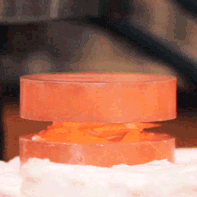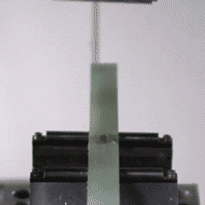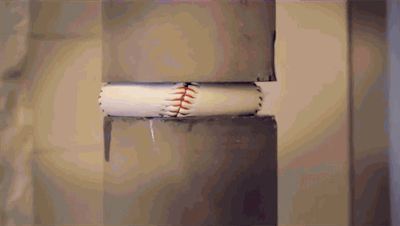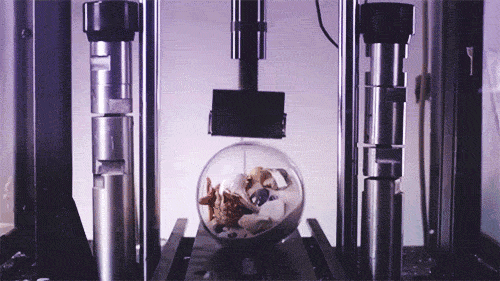Friedrich Nietzsche opined that “that which does not kill us makes us stronger.” GE engineer Joseph Vinciquerra is putting the idea to the test.
Vinciquerra runs the Materials Processing and Testing Lab at GE Global Research and does mean things to some of the toughest materials. “The end products made from some of these materials serve in the hottest and most challenging parts of our jet engines and gas turbines,” he says. “We are turning all the knobs during the testing process to study – and eventually optimize - the resulting mechanical properties.”

One apparatus in Vinciquerra's lab can heat up samples to 2,000 degrees Fahrenheit, the temperature inside an active volcano, and expose them to 100,000 pounds of pressure. He and his team use it to study how the extreme environment helps change their strength, toughness and other properties.
“The speed and temperature of forging, for example, can be used to manipulate the crystalline structure and the grain boundaries inside the material,” Vinciquerra says. “They can make the parts stronger and we are continually working to optimize their mechanical properties on a very fine scale.”
Surviving the volcanic heat in Vinciquerra’s lab is a short-lived victory. When specimens cool off, he and his team slice them into thin “coupons” for more mechanical and structural testing to investigate how the materials will perform in real-world environments

Vinciquerra says that his team helps GE’s material scientists and engineers understand all the processing and property variables so that they can pass on the best combinations to larger-scale production. The idea is to continually refine and advance GE materials to make parts that are more resistant to fatigue, creep and stress ruptures in extreme conditions.
GE recently sent a film crew to Vinciquerra’s lab and other materials testing facilities at GE Global Research to gather video for its #SpringBreakIt social media campaign. Among the things they captured were Vinciquerra’s micro-forge tests, an erosion test for studying coatings working inside jet engines and a drop test using 5,000 pounds of force to test advanced composites.
When they finished, they turned the testing machines on fish bowls, baseballs, ceramic birds and glass turtle, among other things. It’s safe to say that none of them became stronger, or even in one piece.






